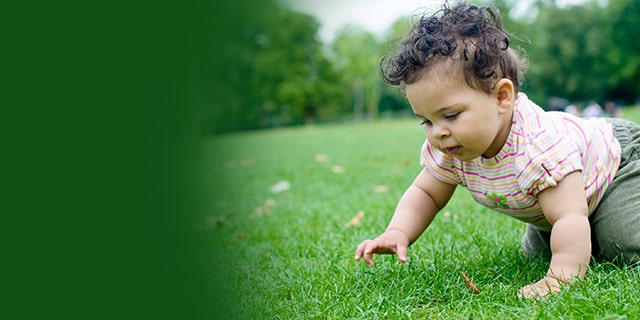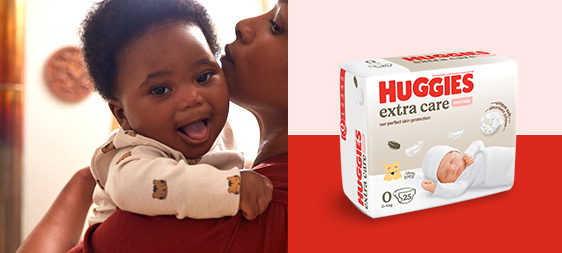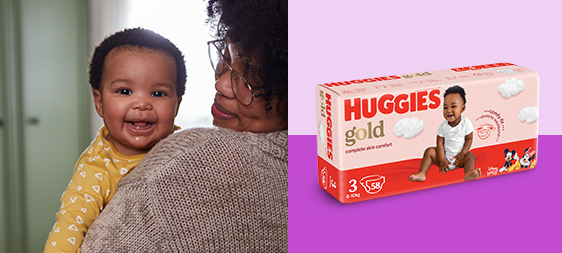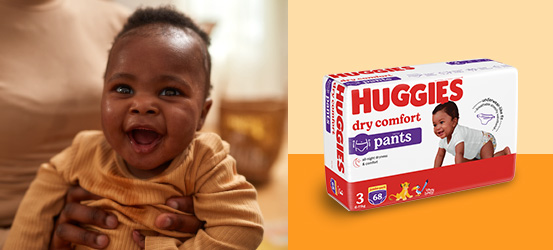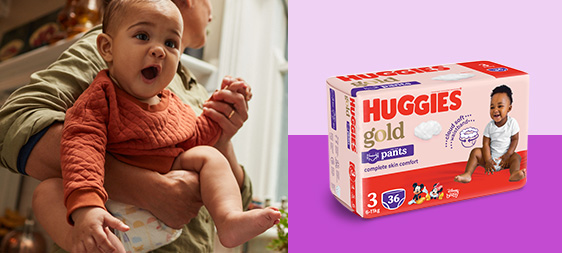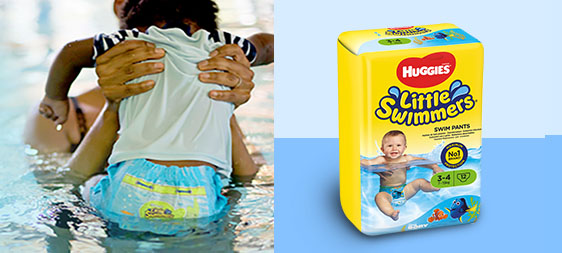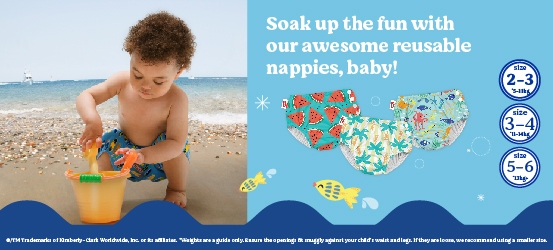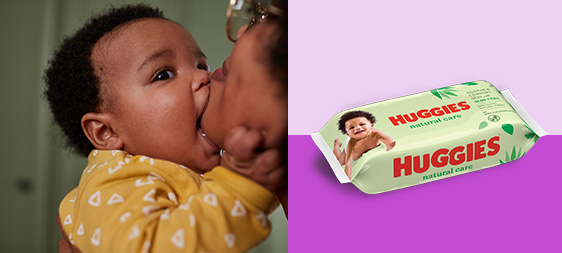There is no denying that young children enjoy playtime at the local playground, but are our modern day offerings of metal, plastic and rubber all there really is to outdoor time for children? If a child could choose, what would their outdoor play space look like?
There would most definitely be water and dirt and sand. Pebbles and rocks, trees and branches and bits of bark. Lots of bushes and plants to create hidey holes and shelter and shade. Creepy crawlies, like snails and caterpillars, bugs and beetles, butterflies and birds. Space to run but also quiet places to sit alone or with friends. These are the outdoor things that children love.
Nature is all around us; it provides a rich, developmentally appropriate outdoor classroom full of fun lessons for children to learn.
Through nature, play
-
Babies and toddlers engage with all of their senses – sight, sound, smell, touch and taste. A diverse range of sensory experiences is important to early brain development as it is through these experiences that neural pathways are laid and connections formed between these pathways.
-
Children learn about cause and effect – What will happen if I mix the soil with the water? Why do I stay dry under this tree when it is raining?
-
Children have opportunity to practise decision-making and problem-solving in their play – regarding what to use certain things for, how to use them and when to use them, e.g. if they want to build a mud house, they’ll need water and sand. If the water isn’t close they’ll have to make a plan to get the water to where the sand is / or take the sand to the water, and then also make a plan as to how they will get the water transported.
-
Children develop respect for the natural world and their place in it.
-
Children engage in more complex play experiences for longer periods of time due to the open-ended possibilities of natural materials.
-
Children have the opportunity to learn about their bodies and what to do in new situations. They learn what they are physically capable of and develop internal instincts through challenging their own capabilities.
-
Children are more physically active, laying a foundation for healthier lifestyle habits.
-
Children have the space and freedom to relax and de-stress.
Starting off with nature at home
Look no further than your own backyard for a host of nature-based play experiences.
A sandpit or digging patch in the garden provides children with a wonderful medium for constructive and imaginative play. The highly tactile, sensory properties of sand (and mud) are believed to promote emotional well-being.
Add buckets, spades, old pots and pans, wooden spoons, sieve, plastic animals or cars and trucks.
Whether it is a few inches in a bucket or a paddling pool, young children love playing with water, as long as they are supervised by an adult. As well as having fun with an element of nature, you will be introducing your child to mathematical and scientific concepts and vocabulary.
Add recycled tubs of varying shapes and sizes, plastic bottles, measuring cups, a funnel, plastic tubing or plastic guttering, a watering can, sponges for squeezing water through.
The plants you choose for your garden provide children with a wide variety of colours, shapes, textures and scents to explore. Making garden spaces accessible to children provides them with a foundation for all types of imaginative and creative play, whether it be places to hide or climb, to sit or take shelter, trees, shrubs, groundcovers and flowers can all serve as props in a child’s play experiences.
To identify child-friendly plants, talk to staff at your local nursery or research online Make sure all existing plants are correctly identified before children play near or with them. Teach children from a young age to never put flowers, leaves, stems, seeds, nuts, or berries into their mouth.
Growing vegetables in your garden is a useful way of introducing your child to the idea that all living things having a lifecycle. It also provides an opportunity to teach children to care for and respect plants through watering regularly, checking for and removing bugs, and gentle touching. Toddlers and young children may also be more interested in tasting and eating vegetables that they have been involved in growing.
Start with seedlings to see more immediate results. Try cherry tomatoes, beans, broccoli, pumpkin, strawberries and a range of herbs.
Choose a spot in the garden or a low plant pot with a wide opening and plant your child’s very own “little world.” Visit a local nursery together to choose child friendly plants – herbs, ground covers and potted colour work well, then plant, water and you are ready for play. Your little world may be “visited” by all manner of plastic figurines – farm animals, little people, dinosaurs, fairies.
Add a birdhouse, pebbles as stepping-stones, ice-cream stick bridges or a collection of small pinecones and seedpods to add interest and extend your child’s play possibilities.
Exploring nature beyond the backyard
If you want to explore beyond the confines of your own backyard, consider other local natural environments;
-
Beach
-
River
-
Lake
-
Forest
-
Wetlands
-
Bush
-
Rainforest
-
Botanical gardens
-
National Park
These spaces all offer children valuable opportunities to explore different elements of the natural world.
Engaging young children with nature
Babies
-
The whole world is a new adventure for a small baby but there is no need to keep them cooped up inside or strapped in the pram. Lay them on a blanket on the grass in the shade. The sights, sounds and smells will keep them captivated and it is good for new moms to get out into the fresh air too.
-
Introduce older babies to the sensation of grass beneath their feet and sand between their toes.
-
Older babies will also love splashing with their hands in a puddle of water.
Toddlers
-
Make mud pies: we’ve mentioned sand and water, why not mix them together and make mud pies? Decorate with treasures found around your garden.
-
Jump, jump, jump: toddlers love splashing and jumping in puddles and it is a great way to work off their excess energy after a rainy day spent inside.
-
Nature walk: grab a bucket or bag and take a walk, encouraging your child to look out for rocks, bark, grass, leaves, seed pods, flowers, etc. to collect. Whether it is walking around the neighbourhood, in the park or along the beach, there are always new discoveries to be made.
-
Ready, set, go: toddlers are active and love to run, especially when you’re chasing them. Have fun running in and out of the trees or up and down the garden.
-
Brrrrrm, brrrrm: toddlers will enjoy driving toy trucks and cars around the garden, filling their dump trucks with pebbles, leaves and sticks as they go.
-
Eat outdoors: mealtimes feel so much more relaxed when they are enjoyed outside. Set down a picnic mat and enjoy the sunshine as you eat together.
Pre-schoolers
-
Bird watching: a set of binoculars and a visit to the library for a book of local birds and you are all set for a spot of bird watching.
-
Ant watching: swap the binoculars for a magnifying glass. Some children will literally spend hours observing the behaviour of ants.
-
Nature’s Treasure hunt: make a list (with words and pictures for younger children) of things for your child to find outdoors. The possibilities are endless when you consider creatures, plant parts and elements of the natural landscape.
-
Photograph: hand over the digital camera and see the outdoors through your child’s eyes. Print out their photographs to make a special scrapbook and scribe what they tell you about their images as the “story” of their adventure.
-
Teach your child to make daisy chains: have a competition to see who can make the longest.
-
Drawing: make a special nature observation journal and take it outdoors with some coloured pencils or felt-tipped pens.
-
Painting: set up the easel outside in the garden for some beautiful, natural inspiration.
-
Nature rubbings: use a crayon and paper to make rubbings all around the garden. Trying bark, leaves and rocks, how many different shapes and textures can you find?
-
Star gazing: head outdoors at night or visit a public observatory.
-
Skipping stones: Head to a local river or dam and teach your child to skip stones.
Playing safe
As with any playground, parents should establish safe play rules for nature play with young children:
-
Be sun safe: choose clothing which covers as much skin as possible, a wide brimmed sunhat and apply sunscreen before outdoor play. Avoid outdoor play during the hottest part of the day (between 10 am and 3 pm) and consider the amount of shade available when children are outdoors.
-
Dress for the weather: gumboots, a raincoat and layers of warm clothes are a good investment for outdoor play during the cooler seasons. Have a towel and change of clothes handy before you head outdoors so that you are ready for a quick towel down and change once playtime is over.
-
Water: empty containers or paddling pools immediately after water play as children can drown in as little as 50 mm of water.
-
Mouthing: From an early age, teach children to never put flowers, leaves, stems, seeds, nuts, or berries into their mouth.
-
Respect for nature: introduce gentle, respectful touching for flowers and creatures like snails and caterpillars and a “no touching” rule for spiders.
See our child safety section for more information.

